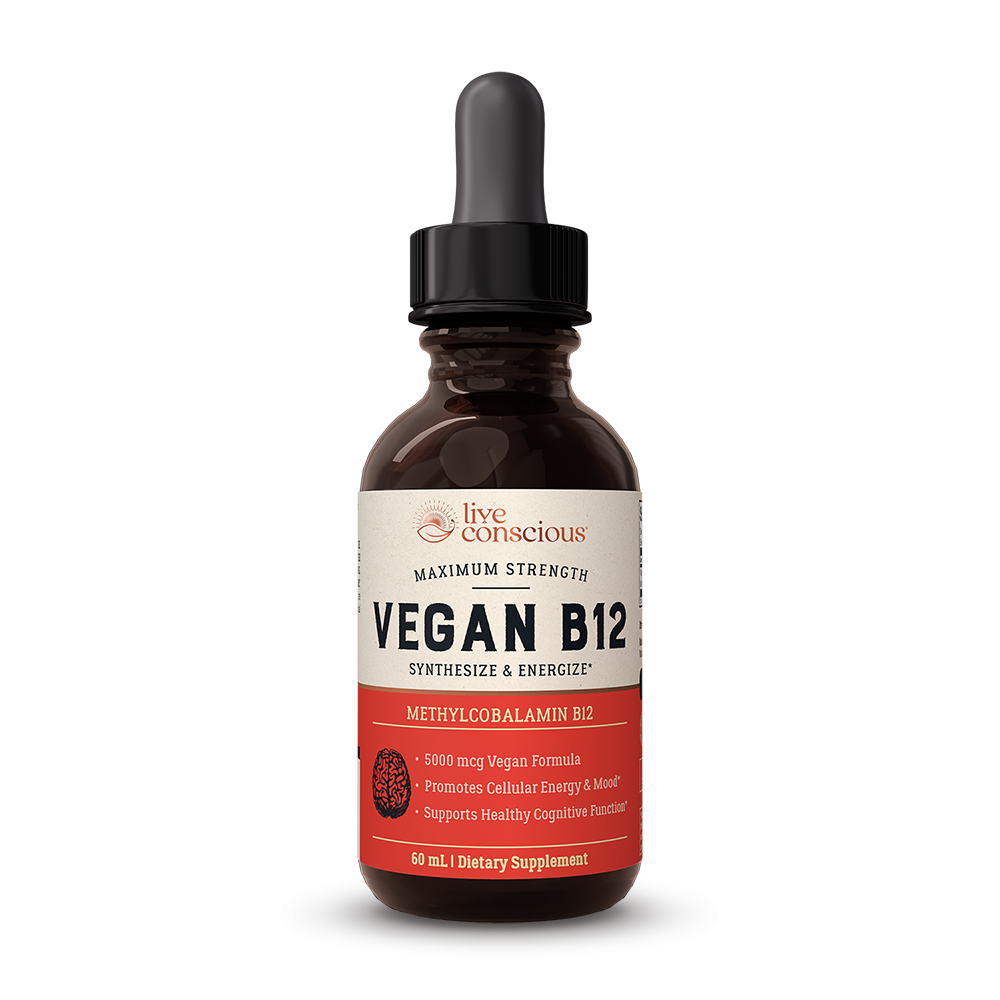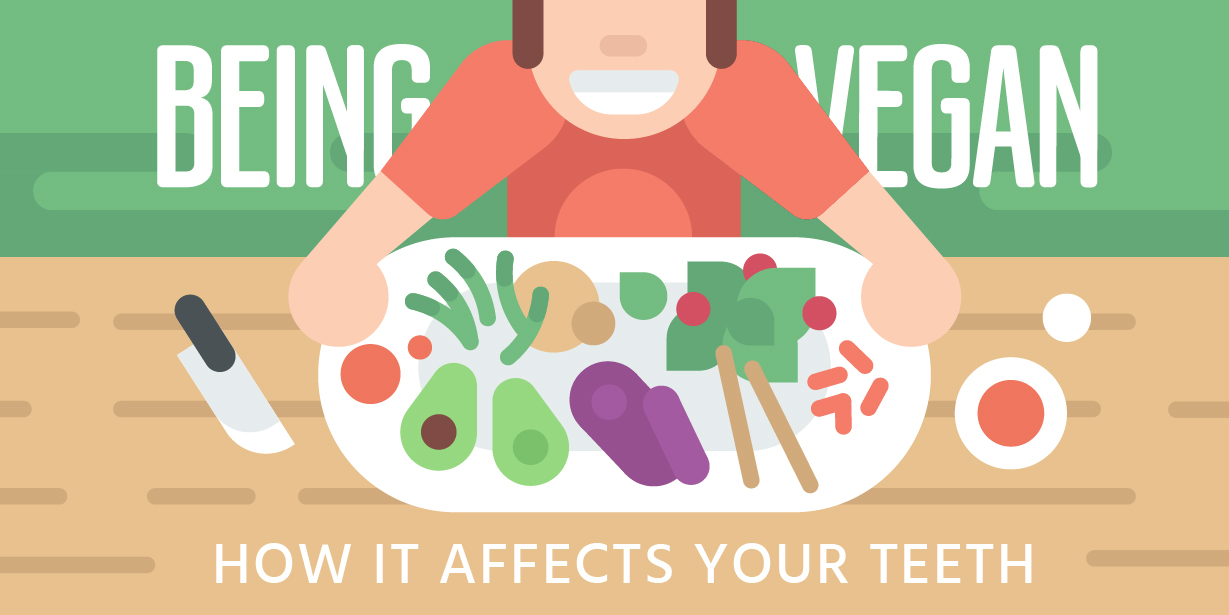
There are many different types of diets. Some allow you to eliminate certain foods, others allow you the freedom to substitute other foods. Some diets may be recommended for people with particular health conditions. Many diets lack essential nutrients like dietary fiber, carbohydrates and selected vitamins, minerals, as well as protective phytochemicals. These deficiencies can lead to serious health issues. According to major nutrition and health organizations, the best diets should include all these important nutrients.
High-carbohydrate, low-fiber diets promote the consumption of vegetables and fruits as well as whole grains.
You can get enough fiber by increasing your intake of whole grains. Whole grains are the whole grain, which includes the bran and germ as well as the endosperm. Although most grains have been refined, they are stripped of the bran fiber and protein. Some whole grains, however, retain all of these components. Whole grains can be a great source for fiber and help reduce the risk of developing type 2 diabetes and cardiovascular disease.
Healthy choices include eating vegetables, fruits, whole grains, and nuts. Too many of these foods can pose health risks. Research has shown that excess carb intake can cause metabolic disorder, which is a combination of risk factors linked to high blood pressure and diabetes. In addition, a starchy high-carb diet can lead to decreased physical activity and increased weight gain. An excessive weight gain can lead you to diabetes and obesity.
Low-fat diets
A low-fat diet is one that limits the amount of fat you eat as a percentage daily. Low-fat diets restrict fat intake up to 15% of your total calories. While there are no restrictions on low-fat food, certain foods can be considered to be off-limits. These foods are high sugary and may not offer substantial vitamin or mineral benefits.

Low-fat diets are not a good choice for everyone. Although fat is an important macronutrient, it is also high in calories. Too much fat can lead to weight gain, and even a ravenous feeling. Healthy weight management starts with a healthy diet that includes a balance of fats.
FAQ
Exercise: Good or bad for immunity?
Your immune system is strengthened by exercise. Your body makes white blood cells that fight infections when you exercise. You also eliminate toxins. Exercise can help prevent heart disease and cancer. Exercise can help reduce stress.
Exercising too frequently can make your immune system weaker. Exercising too hard can make your muscles sore. This can cause inflammation, swelling, and even death. Your body then has to produce more antibodies to fight off infection. The problem is that these extra antibodies can cause allergies and autoimmune disorders.
So, don't overdo it!
How can I get enough vitamins?
Most of your daily vitamin requirements can be met by diet alone. Supplements can be helpful if you are lacking in any one vitamin. A multivitamin supplement can provide all the vitamins you require. You can also get individual vitamins at your local drugstore.
Talk to your doctor if there are any concerns about getting adequate nutrients. Some examples of rich sources of vitamins E and K include dark green leafy vegetables, such as spinach.
Ask your doctor for advice if you are unsure how much vitamin to take. The doctor will determine the proper dosage based upon your medical history as well as your current health.
Which are the top 10 foods you should eat?
These are the top 10 foods to eat.
-
Avocados
-
Berries
-
Broccoli
-
Cauliflower
-
Eggs
-
Fish
-
Grains
-
Nuts
-
Oats
-
Salmon
What is the difference of fat and sugar?
Fat can be a source of energy that is obtained from food. Sugar is a sweet substance found naturally in fruits and vegetables. Both sugars and fats have the same calories. Fats however, have more calories than sugars.
Fats are stored in your body and can cause obesity. They may cause cholesterol buildup and lead to strokes or heart attacks.
Sugars are quickly absorbed and provide instant energy. This causes blood glucose levels rise. High blood sugar levels can cause type II diabetes.
These are five tips to help you lead a healthy lifestyle.
Are there 5 ways to have a healthy lifestyle?
A healthy lifestyle means eating right, being active, getting enough sleep, managing your stress levels, and having fun. You should avoid processed foods, sugar, or unhealthy fats. Exercise burns calories and strengthens the muscles. Sleeping well improves concentration and memory. Stress management helps reduce anxiety and depression. Fun is key to staying young and vibrant.
Statistics
- The Dietary Guidelines for Americans recommend keeping added sugar intake below 10% of your daily calorie intake, while the World Health Organization recommends slashing added sugars to 5% or less of your daily calories for optimal health (59Trusted (healthline.com)
- According to the Physical Activity Guidelines for Americans, we should strive for at least 150 minutes of moderate intensity activity each week (54Trusted Source Smoking, harmful use of drugs, and alcohol abuse can all seriously negatively affect your health. (healthline.com)
- This article received 11 testimonials and 86% of readers who voted found it helpful, earning it our reader-approved status. (wikihow.com)
- Extra virgin olive oil may benefit heart health, as people who consume it have a lower risk for dying from heart attacks and strokes according to some evidence (57Trusted Source (healthline.com)
External Links
How To
What does "vitamin" actually mean?
Vitamins are organic compounds naturally found in food. Vitamins allow us to absorb nutrients from food. Vitamins cannot be made by the body; they must be taken from food.
There are two types: water-soluble and fat-soluble vitamins. Water-soluble vitamins dissolve quickly in water. These include vitamin C (thiamine), Vitamin B1 (riboflavin), Vitamin B2 (riboflavin), Vitamin B3 (niacin), Vitamin B6 (pyridoxine), Vitamin C, B1 (thiamine), Vitamin B2 (riboflavin), Vitamin B3 (niacin), and Vitamin B6 (pyridoxine). The liver and fat soluble vitamins are stored in fatty tissue. You can find vitamin D, E K, A and beta carotene as examples.
Vitamins are classified according their biological activity. There are eight major vitamin groups:
-
A - essential for normal growth and maintenance of health.
-
C - vital for nerve function and energy generation
-
D - Vital for healthy bones and teeth
-
E - needed for good vision and reproduction.
-
K - essential for healthy nerves, muscles, and joints.
-
P – Vital for building strong bones.
-
Q - aids in digestion of iron and iron absorption
-
R - necessary for making red blood cells.
The recommended daily allowance for vitamins (RDA) varies according to age, gender, or physical condition. The U.S. Food and Drug Administration, (FDA), sets the RDA value.
For example, the RDA for vitamin A is 400 micrograms per dayfor adults 19 years or older. For fetal development, pregnant women require 600 micrograms per daily. Children ages 1-8 require 900 micrograms per day. For infants younger than one year, 700 micrograms are required daily. However, this number drops to 500 micrograms each day for children aged 9-12 months.
Children ages 1-18years who are obese need 800 micrograms per day while those who are overweight need 1000 micrograms per day and children who are underweight need 1200 micrograms per day to meet their nutritional needs.
Children between 4-8 years of age who have been diagnosed by anemia must consume 2200 micrograms daily of vitamin C.
2000 micrograms per person is necessary for general health. Because of their higher nutrient needs, women who are pregnant or nursing need 3000 mg per day.
Adults over 70 need 1500 micrograms daily, since they lose around 10% of their muscle mass every decade.
Women who have been pregnant or are lactating require more than the RDA. Pregnant woman need 4000 micrograms daily in pregnancy and 2500 per day after childbirth. Breastfeeding moms need 5000 micrograms per daily when breastmilk production occurs.